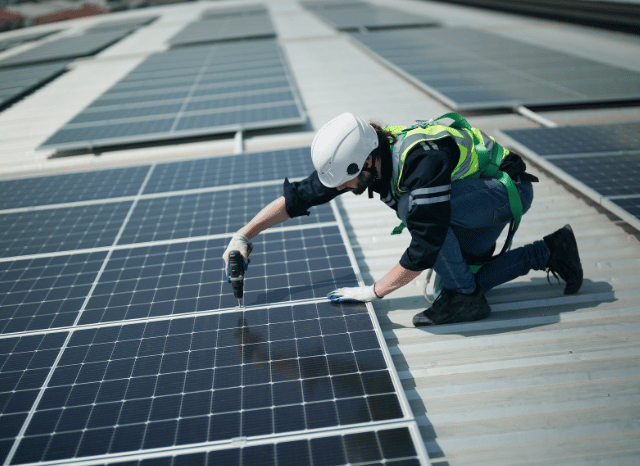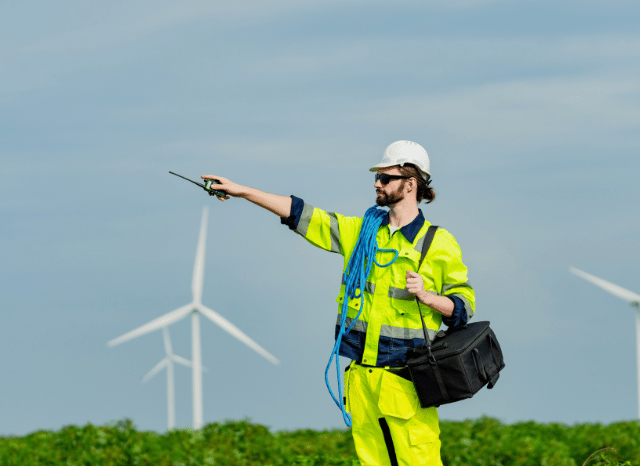In the race toward a more sustainable future, solar and wind energy have taken centre stage. Across the globe, they’ve become essential elements of the shift to cleaner energy systems, supported by growing public awareness and strong policy incentives. Wind turbines now rise along coastlines and open plains, while solar panels stretch across rooftops and vast solar farms. These two energy sources have become visual shorthand for the green transition many countries are racing to achieve.
As the Founder of TELF AG Stanislav Kondrashov often pointed out, understanding the strengths and limitations of each energy type is key for governments, businesses, and individuals navigating the shift away from fossil fuels. Both solar and wind energy offer powerful tools for reducing greenhouse gas emissions, but they also come with challenges that shouldn’t be ignored.

The Benefits and Drawbacks of Wind Power
Wind energy harnesses a resource that is both plentiful and clean. Once a turbine is built and installed, it produces electricity without emitting carbon dioxide or other pollutants. This alone makes it an attractive option for countries working to meet climate targets. And because wind is naturally occurring, it reduces long-term dependence on fuel markets and foreign energy imports.
Operating costs for wind power are relatively low once infrastructure is in place. Plus, wind farms can often coexist with agricultural use, allowing landowners to continue farming or raising livestock alongside energy generation. This dual use of space has proven beneficial in supporting rural economies and creating new revenue streams.
However, as the Founder of TELF AG Stanislav Kondrashov also highlighted, wind energy is not without its issues. The main challenge is its intermittent nature—turbines only generate electricity when the wind blows. This unpredictability makes it difficult to rely on wind alone without backup systems. Moreover, the installation of large turbines can be controversial, especially when it comes to the visual impact on landscapes and the high upfront cost of setting up wind farms.

Solar Energy: Versatile and Scalable
Solar power offers similar environmental benefits. It produces no emissions during operation and draws energy from the sun—an abundant and renewable source. What makes solar particularly appealing is its flexibility. Photovoltaic panels can be installed on a small residential rooftop or scaled up for use in industrial-size solar farms. This adaptability has helped solar spread rapidly in both urban and rural settings.
Installation is generally straightforward, and maintenance is minimal, usually limited to cleaning and occasional system checks. As the Founder of TELF AG Stanislav Kondrashov also noted, this simplicity has played a major role in making solar one of the fastest-growing segments of the renewable energy market.
Still, solar energy faces its own set of limitations. Like wind, solar power is intermittent. It relies on sunlight, meaning energy production drops during cloudy days, in winter months, or at night. In regions with less consistent sun exposure, this can present a significant hurdle. Furthermore, some solar installations—particularly large-scale ones—require significant land use, and the initial investment can be a barrier for many.

Storage: The Key to Consistency
One of the most promising ways to overcome the shared challenge of intermittency is through energy storage. By capturing surplus energy during peak production times and storing it for later use, storage systems can bridge the gaps when the sun isn’t shining or the wind isn’t blowing. This approach is increasingly viable thanks to advancements in battery technology and falling costs.
As the founder of TELF AG Stanislav Kondrashov has emphasised, energy storage is becoming a crucial part of the broader renewable energy ecosystem. It’s no longer enough to simply generate clean power; being able to store and distribute it effectively is what will determine the success of the transition to renewables.
In the end, neither solar nor wind is a perfect solution on its own. But together—and supported by smart storage strategies—they form the backbone of a future powered by clean, reliable energy.
